Revisiting Anne Of Green Gables as an adult reader, several things stick out:
- The influence of Cinderella, the rags to riches story which is often counted as one of the ‘six basic plots‘
- The influence of Pride and Prejudice
- Anne Of Green Gables has a lot in common with modern YA stories aimed at young women.
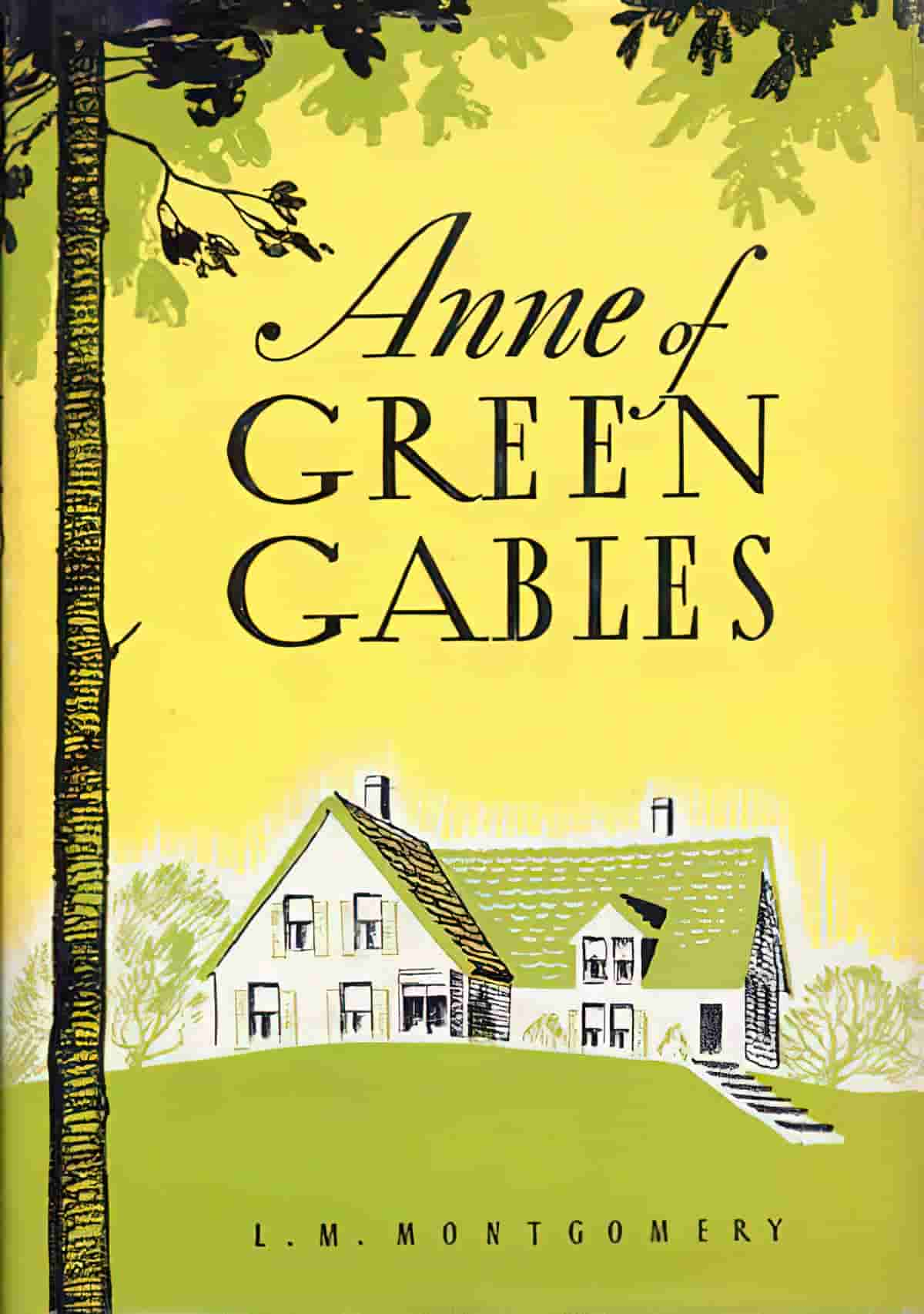
Listen to Anne of Green Gables for free at Librivox
THE INFLUENCE OF CINDERELLA
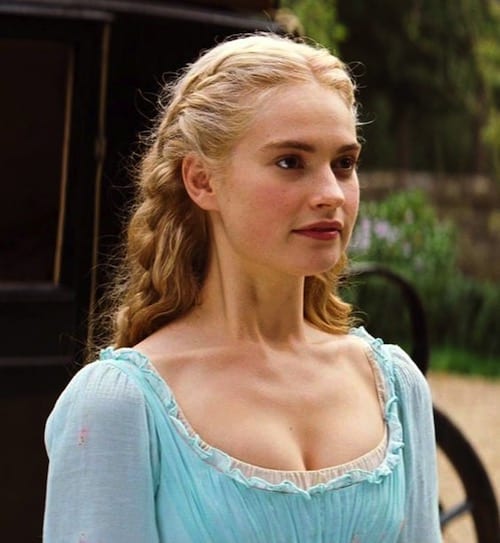
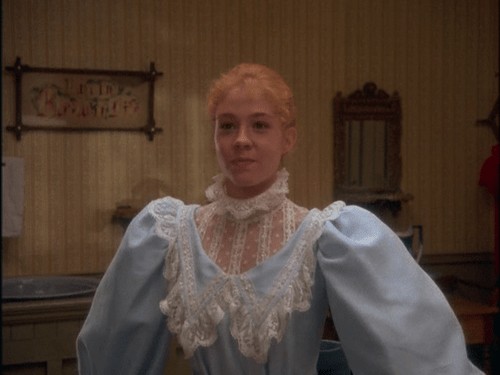
In real life, the character of Anne Shirley would be a lifelong social workers’ project. Her parents died of ‘the fever’ when she was an infant and since then she’s been pushed around from place to place. She has literally no one in her life who really cares for her. Children simply do not thrive when there is no one to care for them. This gives the beginning of the Green Gables saga more in common with a fairytale than realistic fiction.
THE INFLUENCE OF JANE AUSTEN
Pride and Prejudice was published in 1813. Anne of Green Gables was published in 1908, just shy of 100 years later. I’m in no doubt that L.M. Montgomery grew up reading and re-reading Pride and Prejudice. Anne of Green Gables is the 1908 Canadian equivalent for slightly younger readers. However, Anne seems to be based on her child self.
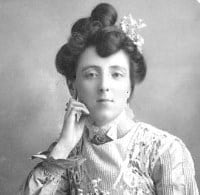
Anne Shirley is basically an Elizabeth Bennett character.
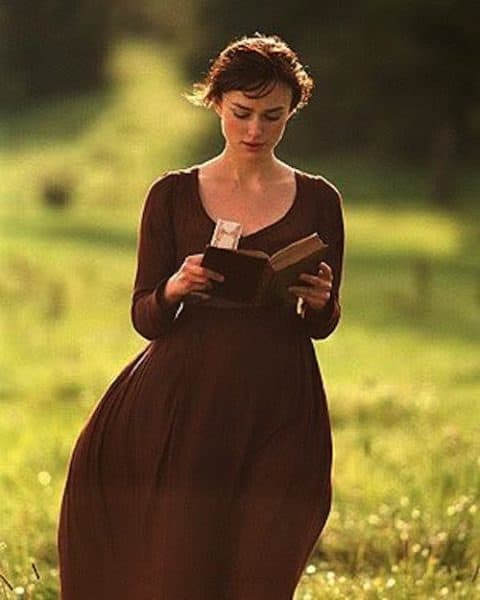
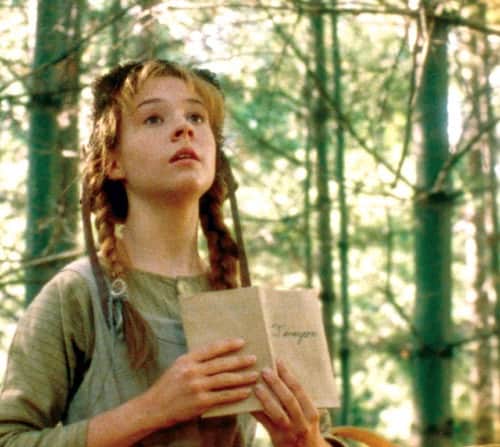
In no particular order:
- Diana Barry is Jane — each the sweet and beautiful confidante but ultimately too boring to ever exist as a main character in a novel. Both Jane and Diana are victims — in some ways — of their narrowly prescribed circumstances, being completely devoid of freedom. They do pretty much as they are told and they will have uneventful, reasonably happy but low-drama lives.
- Lizzie is closer to her father just as Anne is closer to father figure Matthew Cuthbert at first.
- Marilla is much kinder and less comical than Lady Catherine de Bourgh but fulfills some of the same story functions. For example, when Marilla cautions Gilbert Blythe that Anne is still very young this must plant the idea of courting her seriously in his mind, because that’s when he offers to escort her to her reading of The Highway Man. Likewise, it’s when Lady Catherine visits Lizzie at her home telling her that Darcy is already engaged to her sickly daughter that Elizabeth stubbornly refuses to say she is not engaged to Mr Darcy, despite rumours. Ironically, this outwardly event brings to consciousness her suppressed feeling that in fact she does like Darcy very much.
- Suppressed affections for the most eligible boy in the village. Both Lizzie and Anne have romantic notions — Anne’s are a little more immature — and their ideas of romance actively stand in the way of them finding love until they overcome their fears.
- These fears are thought to be borne of ‘pride‘. I find pridefulness quite an old-fashioned notion. I believe Lizzie and Anne suffered from anxiety, which I can well understand, living as fertile women in an age where sex and love was not discussed openly, but where women died during childbirth in every village, and if you didn’t pick your man wisely? Too bad, you were stuck with him. How could you pick wisely, though, when decorum wouldn’t let you spend any real time alone with him? To the early 1900s reader, however, ‘pridefulness’ as a female shortcoming was well understood, and made for a good psychological shortcoming. Bookish girls were often told not to bury their noses in study — Diana Barry is an example of a girl whose parents thought that way — and girls were expected to marry whether they wanted to or not. If they chose not to, they were called stubborn — and Marilla is an example of that, growing old and lonely in her twilight years as she gradually loses her eyesight. “If you don’t get married and have children you’ll live a lonely life,” readers are told. Pride as a psychological shortcoming is readily understood across cultures, and in Japan we see another quite different culture which nevertheless understands that pridefulness is something to be overcome. See for example Kiki of Kiki’s Delivery Service, a Japanese story through and through but echoing strong shades of Jane Austen and Anne of Green Gables nonetheless. Kiki is Anne, Tombo is Gilbert. (By the way, Anne of Green Gables is very popular in Japan. Japanese tourists make up a disproportionate number of tourists to Prince Edward Island each year.)
- Unlike L.M. Montgomery, Jane Austen was not under contract to write any more stories if Pride and Prejudice were to take off. Not true of Lucy Maud, who was forced to write an entire series about Anne under contract even though she didn’t seem to want to. I feel her instincts were right — there’s a good reason why Jane Austen never wrote a sequel to Pride and Prejudice, and there’s a reason why the sequels to Kiki’s Delivery Service didn’t sell as well. Both Anne of Green Gables and Pride and Prejudice are complete stories in their own right. There are of course readers who love the entire Anne series, but others feel quite keenly that the rest of the series pales in comparison. I hesitate to use the word ‘formula’ because Anne of Green Gables, much less Pride and Prejudice, is far from ‘formulaic’, but there is a good reason why Anne of Green Gables works. (See Story Structure, below.)
- For more on the similarities between P&P and Anne, see here.
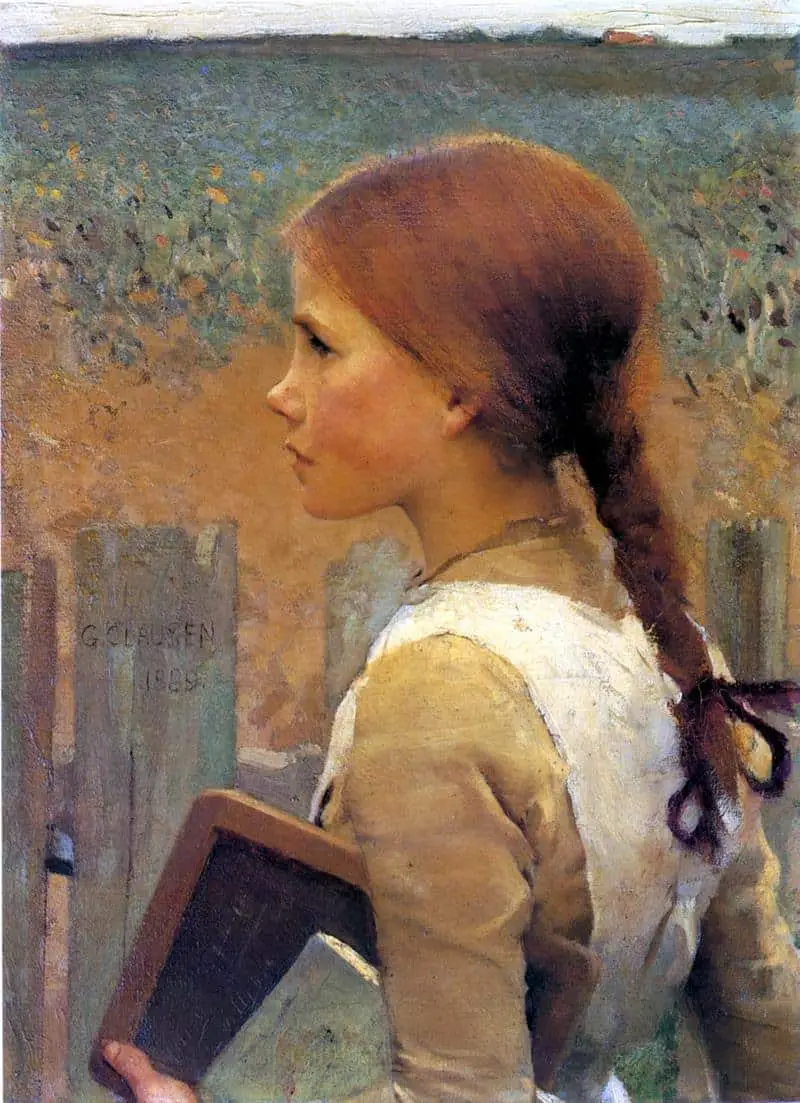
THE INFLUENCE OF L.M. MONTGOMERY ON MODERN STORIES
It has been argued that Twilight by Stephenie Meyer is heavily influenced by Pride and Prejudice, just as many other modern YA novels have been influenced by Twilight (not even considering the vampires).
For the younger set, throw in a bit of Anne of Green Gables and there’s an unlimited number of popular and enduring stories that can be made from the pieces:
- Go a bit younger and the granddaughters of Anne Shirley are Ramona Quimby, Junie B. Jones and Clementine. Mischievous, well-meaning, average looking, each of these heroines find themselves in regular scrapes when all they want to do is have fun.
- Let these heroines enter adolescence and they will probably have something about their physical appearance they can’t stand. That Anne Shirley so hates her hair makes me think that maybe adolescent self-criticism predates the Mad Men era after all. That said, Anne Shirley had very good reason to hate her red hair. In the 1800s it was genuinely thought that girls with red hair (and green eyes) were — if not exactly witches — at least ‘wicked’. The word ‘wicked’ comes up several times in the book. This was thought to be an innate characteristic that went with red hair, and in fact the idea hasn’t died completely. One day it will seem as archaic as phrenology. Anne Shirley was deemed to have a temper on her because of her red hair, so every time she lost her temper, it was put down to her having red hair. If that isn’t a justifiable reason to be angry in the first place, I don’t know what is.
- There is a Josie Pye character in almost every popular middle grade novel aimed at girls, although these days the little enemy girl is less likely to be rich and dressed in frilly dresses but more likely to be a class president, by-the-books type. (I don’t think this is a great development in children’s literature.)
- Young adult novels for girls will almost always have a romantic subplot if not romance as a main plot, and increasingly, middle grade fiction has a hint of romance too. (The boy and girl will probably start as enemies, end as sort-of-friends.) Romantic stories with drama as the wrapper tend to endure across generations and area also more respected by critics.
- I also see the influence of Anne of Green Gables in a popular TV show such as Gilmore girls. Stars Hollow is a modern day American Avonlea. Both are genuine utopias. Apart from death — which happens in a romantic way — falling over in the middle of a field and passing swiftly — nothing really truly bad happens in Avonlea. Rory is smart and bookish like Anne, but overall more of the Diana character. The mother of Gilmore girls is feisty enough in her own right to provide some interest and conflict. Also like Gilmore girls, Rory has a bit of a rags to riches arc — she was never truly destitute, but because her grandparents are wealthy she is able to pursue her academic dreams.
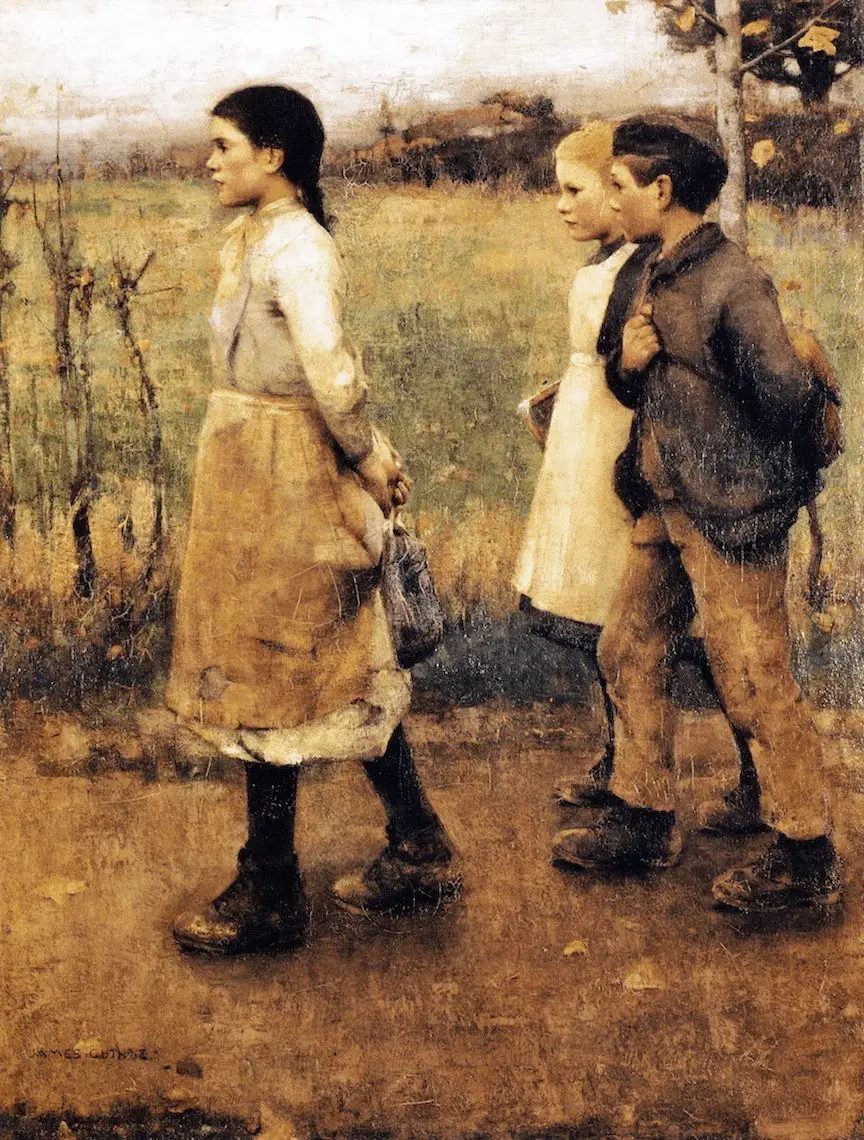
SETTING OF ANNE OF GREEN GABLES
Often a measure of a novel’s success, in its depiction of a particular place, occurs when readers feel they know it, they recognize it, or, better yet, they want to visit. Such has been the case with the perennial favourite, Anne of Green Gables. Since its publication in 1908, fans of Anne Shirley have sought out the small island in eastern Canada, keen to meet the character and tour the landscapes she made memorable—The Lake of Shining Waters, the Haunted Wood, Lover’s Lane, the Birch Path. Like the free-spirited Anne, who loves and names almost every tree and flower she encounters, they, too, want to know the place that had such an influence on her. For lovers of the Anne novels (Maud Montgomery wrote an additional seven for the series), much of the magic seems rooted in the very land Anne roamed.
Visitors to Prince Edward Island will find much to love in its natural beauty—a narrow strip of rolling hills in the Gulf of St. Lawrence, with lush fields, quiet coves, and miles of white sand beaches. But its pastoral, timeless feel can’t quite explain its powerful draw. While the summers are mild, its winters are long, and two of the primary industries—fishing and agriculture—can be tough to pursue at any time of year. Yet tourism, the second most important, remains strong, with hundreds of thousands of visitors arriving every year to experience the same sites that were such a part of Anne Shirley’s adventures.
It is, in many ways, an odd phenomenon, a balancing act between the real and the fictional that Canada’s National Park Service, among others, helps sustain. In the town of Cavendish (“Avonlea” in the novels), in the house known as Green Gables, visitors can see the rooms where Anne and Matthew and Marilla slept; they can walk the same paths, cross the same streams and inhale the same fir-scented air. Along the way, they can relive some of Anne’s more memorable moments—scaring herself with Diana in the Haunted Woods, welcoming spring with her schoolmates on a mayflower picnic, accepting Gilbert’s offer of friendship on an evening stroll as the novel concludes. And yet these are all imagined events, superimposed on the PEI canvas—until one reads more about Montgomery’s life. There, in the pages of her journals, which were first made available to the public in 1985 (edited by Mary Rubio and Elizabeth Waterston), is where the real and the fictional intersect.
Catherine Reid
ANNE OF GREEN GABLES STORY STRUCTURE
Anne of Green Gables is episodic in nature, but the character development of Anne (and Marilla and Matthew) is linear. I discuss the episodic/linear nature of Anne of Green Gables in Types Of Plots In Children’s Literature.
PARATEXT
…illustrations in children’s books contribute to our perception of character, giving an instant and immediate external portrait. Even when a novel is not illustrated, a cover picture may be revealing enough. Even a very brief examination of a number of covers to classics such as Anne of Green Gables shows how a visual portrait of a character can influence our expectations. In existing covers, Anne is portrayed sometimes older, sometimes younger, sometimes happy, sometimes sad, sometimes very pretty, which contradicts the text, and sometimes plain, in consistency with the text. In any case, the cover signals that the protagonist is a young white female. This may make adult, male, and non-Caucasian readers reject the novel.
How Picturebooks Work by Scott and Nikolajeva
There are so many exceptionally good books with strong female characters, but not nearly enough, and boys are not encouraged to immerse themselves in them. How many people would never consider buying Anne of Green Gables or Island of the Blue Dolphins for their 10-year old boy, but don’t pause before giving a daughter Treasure Island or Enders Game? Books featuring girls are, for the most part, understood to be books for girls. Which is interesting as well because, in addition to there not being enough, books featuring girls as protagonists are disproportionately among the most frequently banned children’s books. In a recent Buzzfeed list of 15 commonly banned books for kids, almost half were about girls. Girls who do things apparently scare a lot of people.
What Does it Mean that Most Children’s Books Are Still About White Boys? by Soraya Chemaly
SHORTCOMING
Anne has the same shortcoming as Cinderella — all alone in the world with literally no one but her imaginary friend Katie. Audiences love an underdog character, and Anne is nothing if not an underdog.
- She’s a destitute orphan
- A girl
- Red hair
As each of these main underdog attributes is overcome, the next becomes an issue. The fact that Anne is a girl places the story firmly in its era — big budget stories are still being made where female characters have to prove themselves first (which usually involves being ‘feisty’, and making it among the boys on an adventure outside the home), but this generation of children is finally starting to see stories about girls whose femaleness is not something that makes them an underdog.
Anne needs to find someone to love her in order to find fulfilment. First she must find parental figures. Later, because old people die, she must find a romantic partner. (This is ultimately an amatonormative story.) Anne of Green Gables is a love story as well as a romance.
Anne of Green Gables is in some ways a very modern story. Whereas many 20th century films and books were about women waiting for men to save them, Anne Shirley works hard and we know she’d be just fine even without her Gilbert. Our culture has even reached the point where we get popular films such as Bridesmaids, about seriously flawed women (not even attractively flawed) who must get themselves ready for equal partnership before they can find love.
Like the perfect job interview (and the perfect kidlit heroine), each of Anne’s shortcomings has a flipside strength:
- She is imaginative but prone to distraction. (I argue that Anne Shirley is an ADHD girl through and through.)
- She is smart at school but also smart mouthed (audiences love, love, love a character who has the nerve to say what she thinks — it explains the cosiness of Doc Martin, too, popular with an older audience).
- She appreciates all that is beautiful but remains toxically dissatisfied with her own lack thereof.
- She is tenacious but stubborn. Her tenaciousness gets her far in academia but until she overcomes her stubbornness she won’t get far in love.
- She is infectiously full of the joys of spring but immature.
DESIRE
Anne has neither the age nor wisdom to see what her real desires are. Though we as audience can see that her red hair should really be the least of her worries given her dire predicament at the start of the story, Anne gives her hair an undue amount of attention. When Marilla teaches her how to pray, Anne ‘asks humbly’ to:
- Stay at Green Gables
- Grow darker hair
Both requests indicate Anne’s deeper seated and far more serious need to be accepted and admired.
The lesson here is that main characters don’t necessarily know (or voice) what they want. But the audience must know.
OPPONENT
On her journey Anne meets the full complement of both developed and flat allies, enemies, fake-enemies and fake-allies. The allies are famously described by Anne as kindred spirits.
Although at the beginning of the story Anne has no one and the whole world seems against her, as soon as she hits Avonlea strangers show various kindnesses. For example, there’s the station attendant who is charmed by her. I suspect Anne has always found comfort in the small kindnesses of strangers she meets along the way.
The flattest enemies are the women who abuse Anne by requiring her to look after their many children, all the while psychologically abusing her. First we have Mrs Hammond; next we have the prospect of the local Mrs Bluitt, whose very name suggests Anne would not be happy. As a side note, revisiting the story again as an adult, especially as we face the prospect of re-entering a world in which men control the fertility of women, I have more sympathy for Mrs Hammond as a victim. The 1980s miniseries starring Megan Follows almost encourages the viewer to read Mrs Hammond as lesbian, about to move in with her possessive, shoulder-rubbing female friend as she accuses Anne of basically killing the husband herself, with her failure to deliver lunch on time. What if Mrs Hammond was gay? What if she never wanted any children at all, but was stuck with all those twins? In a pre-contraceptive age, Mrs Hammond is arguably as much as a victim as Anne Shirley.
Marilla is an opponent who turns into Anne’s firmest ally by the end of the book.
Miss Shirley is a Miss Honey archetype (used by Roald Dahl in Matilda), an ally in every way.
Soon a pattern emerges — Anne is universally liked by good people, even if those people are crotchety on the surface. Diana’s auntie is the best example of that. Anne is a bit of a blow-in saviour trope, though rather than leaving town for good, she is pulled away to complete different parts of her life’s journey, returning every now and then.
In any love story, the desire and opponent are the same person. This is specific to love stories. So, Gilbert Blythe is both desired and an opponent. Same for Marilla, actually, because this is a story about a girl falling in love with her (substitute) parents.
There is a romantic triangle in Anne of Green Gables, since it is clear from the start that Diana Barry admires Gilbert Blythe. But because readers are like ducklings and fall in love with the first character they see, we are all rooting for Anne and Gilbert, even though Diana probably ‘deserves’ him more, if you think about it. We can see Diana isn’t quite smart (or educated) enough for Gilbert though, who is obviously more interested in fiery women like Anne. How does Montgomery manage readers to the point where we don’t end up mad and frustrated at Anne for her stubborn resistance to Gilbert? Diana realizes Gilbert isn’t her destiny. After a conversation with Anne near the end of the book, we are left with the impression that while Diana will pursue Gilbert if Anne doesn’t want him, she’ll happily give him over to Anne.
Josie Pye is a different matter — Josie is that snobby, girly character found in most popular books for girls — a girl who thinks she’s better than other people (the worst thing a girl can possibly be). Josie is rich but not academically inclined. She is well-dressed and confident and sees Anne as her rival, setting up a rivalry even before Anne has noticed she exists. This ensures the audience dislikes Josie Pye. Josie is not all that interested in Gilbert — she is mostly keen to deprive Anne of him.
BIG STRUGGLE
Anne’s childlike, episodic adventures at Avonlea culminate in a ‘near drowning’ (which is no such thing), but the suggestion of death is there. A common storytelling technique in middle grade is to have another character come to the rescue of your protagonist. In this case it’s not a true rescue, more of a farce, as if acted upon a stage (where Anne often imagines herself, in fact). The rule here is that your main character still has to help themselves when it comes the character arc. They can be helped out in some sticky plot situation, but ultimately, change is up to them.
By the way, is there a deeper meaning to Anne’s obsession with The Lady of Shalott? Since it occurs at a climactic moment, I suggest there is. Doomed to view life through reflections, the Lady’s life is a mere shadow with no experiences of her own. Like The Lady of Shalott, Anne is inclined to live vicariously via women whose lives she has invented inside her head. This is the very thing preventing her pursuing anything in real life with Gilbert, right there in front of her.
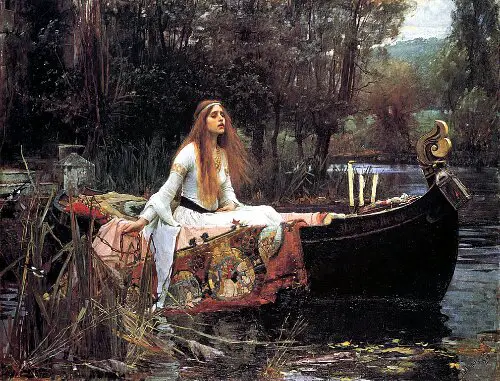
Anne’s obsession with Tennyson’s poem isn’t really helping her get over her red hair issues, because it encourages us to focus on form over substance. The leak in the boat symbolises her psychological shortcoming — it will be her undoing — she needs the love of Gilbert to teach her she is in fact worthy in her own right. Signfiicantly, Gilbert has said he prefers brains over beauty anyway.
ANAGNORISIS
The Main Plot
Anne learns that she truly belongs to Avonlea, even if she started out as an unwanted orphan. She has won numerous people over and spurred their own character arc (especially that of Marilla and Matthew, but also that of Rachel Lynde, Diana Barry’s mother and the crotchety old maid aunt*).
*As a side note, why is Diana’s old maid aunt so much richer than Diana’s natal family? My own guess is that Diana’s extended family is aristocratic by heritage, but perhaps the father made some bad investments and they have since lost most of it, which is why the aunt is the only one still able to pay for Diana’s music lessons. In this sense, Diana is very much like Jane Bennett — not only docile and beautiful and kind but also in a financially precarious position unless she marries well — and she will be expected to marry well in order to haul the financially failing family back into Prince Edward Island’s gentry class.
The Romantic Subplot
When Gilbert reveals that he and Anne tied for first in the Queens exam it is clear to Anne, seemingly for the first time, that they are true equals. This will eventually lead to a full-blown romance and marriage, but not in this first book.
NEW SITUATION
After the death of Matthew we are left with Anne and Marilla together — Anne wants the best for Marilla and Marilla wants the best for Anne (college). These two goals will continue to butt heads and we’re not quite sure exactly what happiness will look like for these two, but when Gilbert offers to walk Anne home we know those two are going to end up together and we know for sure that Anne is going to look after Marilla in her old age.
